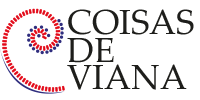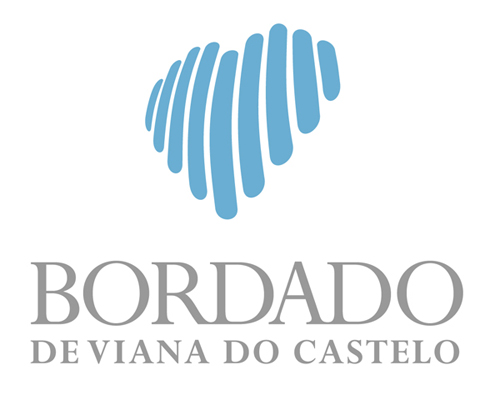
Login ou criar uma conta
CloseRegresso do Cliente
Já sou um cliente registado
Login ou criar uma conta
CloseRegistar Conta
Se já tem uma conta, faça login na página de login.
Criação da conta concluída
coisasdeviana.pt
Obrigado por se registar.
Assim que sua conta for aprovada receberá um e-mail a confirmar.
Se não receber esse e-mail de aprovação dentro de 2 horas, entre em contacto connosco.
Logout
Saiu da sua Conta.
O carrinho foi guardado e será restaurado assim que voltar a entrar na sua conta.
ATÉ BREVE.
A ORIGEM DO BORDADO DE VIANA
A ORIGEM DO BORDADO DE VIANA
A origem dos Bordados de Viana do Castelo está intimamente ligada aos trabalhos realizados em trajes da região: “O Traje à Vianesa“ ou “Traje à Lavradeira”.
Nos nossos dias podemos encontrar inúmeros
e variados trabalhos com Bordados de Viana do Castelo, como
naperãos, atoalhados, sacos de pão, aventais, chinelas, vestuário, etc., no
entanto, todos os motivos bordados tiveram origem nos trajes regionais que
foram posteriormente transpostos para estes trabalhos.
O Traje à Lavradeira foi
totalmente criado pelas camponesas de algumas freguesias próximas de Viana do
Castelo, foram elas que o riscaram, teceram, trabalharam e bordaram.
Os trajes todos
decorados com os bordados feitos por estas mulheres do campo, e que diferem de
freguesia para freguesia, são usados em dias de festas ou feiras.
Dentro destes bordados
podemos distinguir uns mais ricos do que outros, dependendo da classe social a
que se referem.
Os mais ricos utilizam
algodão “perlé”, por vezes, reclamados de lantejoulas, missangas e vidrilhos.
Os motivos dos Bordados
de Viana do Castelo são baseados em motivos da fauna e da flora
da região, bem como da vida quotidiana das camponesas minhotas.
São: corações
(contornados com ponto pé de flor, e baseado no sentido metafórico que as
camponesas dão ao “cofre amoroso” pelo que bordam junto uma chave), folhas de
trevo, de hera, morango, videira e carvalho (sempre estilizadas), chaves
(estilização da chave de uma fechadura), cruzes (a cruz de Cristo bordada com o
ponto de cruz, já usada nos lenços da mão), passarinhos, ângulos (linhas
quebradas ou curvas que unem determinados motivos), japoneiras (estilização da
flor da cameleira), silvas (linha recta ou curva de onde saem pequeninas
folhas), vasos (estilizações de vasos de plantas), asas (pequenas argolas que
rematavam o bordado de antigas camisas), botõezinhos (pequenas golas bordadas a
cordão ou a cheio), caracol (linhas em espiral feitas com ponto de cordão),
furinhos (pequenos buracos caseados também chamados ilhós), molhinhos (conjunto
de pontos lançados em grupo de dois, sendo cada grupo cortado a meio por um
ponto lançado na horizontal), murinhos (pontos de formiga que imitam um muro),
pintinhas fechadas (bolas pequenas bordadas a cheio), trinca – fios (linhas
quebradas com pontos a direito), rosas, cachos de uvas (cachos de uvas
estilizados por uma série de círculos).
As camponesas minhotas
são mulheres com uma sensibilidade artística que lhes permitiu, e ainda
permite, improvisar composições originais que refletem as suas próprias
vivências. Por este facto, é fácil encontrar peças onde os Bordados de
Viana do Castelo também são usados como forma de expressar o amor em
quadras de inspiração genuína, poética e artística.
A bordadeira, nas suas
composições, não se preocupa com o rigor da verdade, isto é, podemos encontrar
com frequência, por exemplo, desenhos de rosas com folhas de videira, mas o que
importa é obter conjuntos que agradem e sejam harmoniosos.
CERTIFICAÇÃO DO BORDADO DE VIANA DO CASTELO
Na nossa loja online encontra artigos com este selo de “Bordado Certificado” que atesta a autenticidade do Bordado de Viana do Castelo. Saiba mais AQUI

